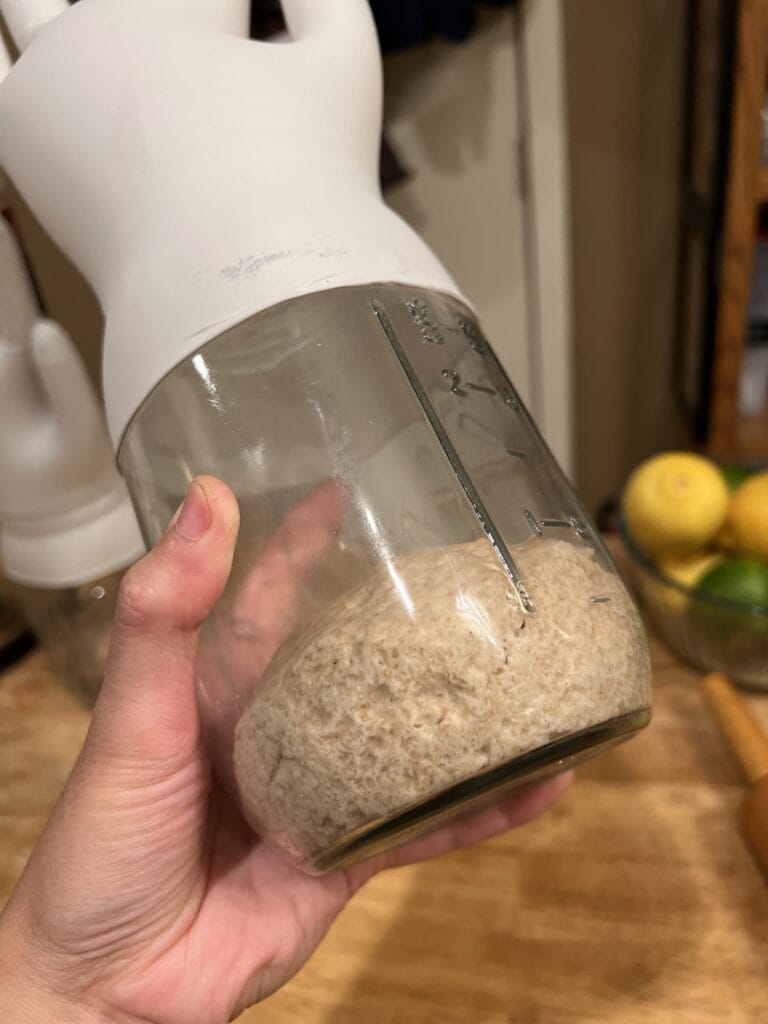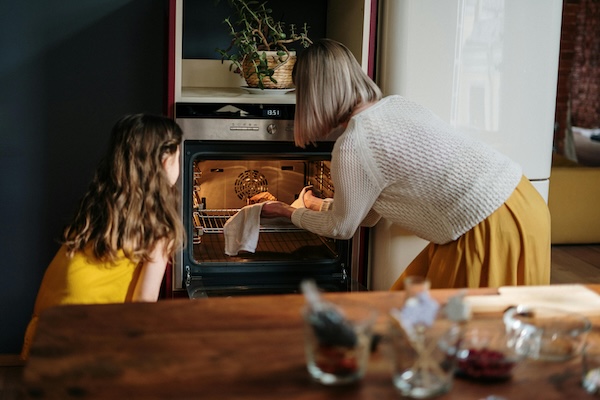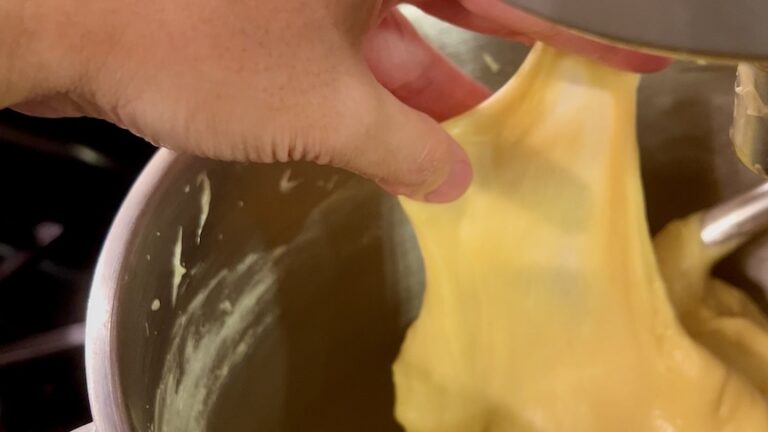Acetic Acid
Understanding Acetic Acid in Sourdough Bread Acetic acid is an organic acid created during the fermentation process by specific bacteria, including hetero fermentative lactic acid bacteria. This acid plays a crucial role in giving sourdough bread its distinctive tangy flavor, which many of us love. Not only does acetic acid enhance the taste, providing a…



